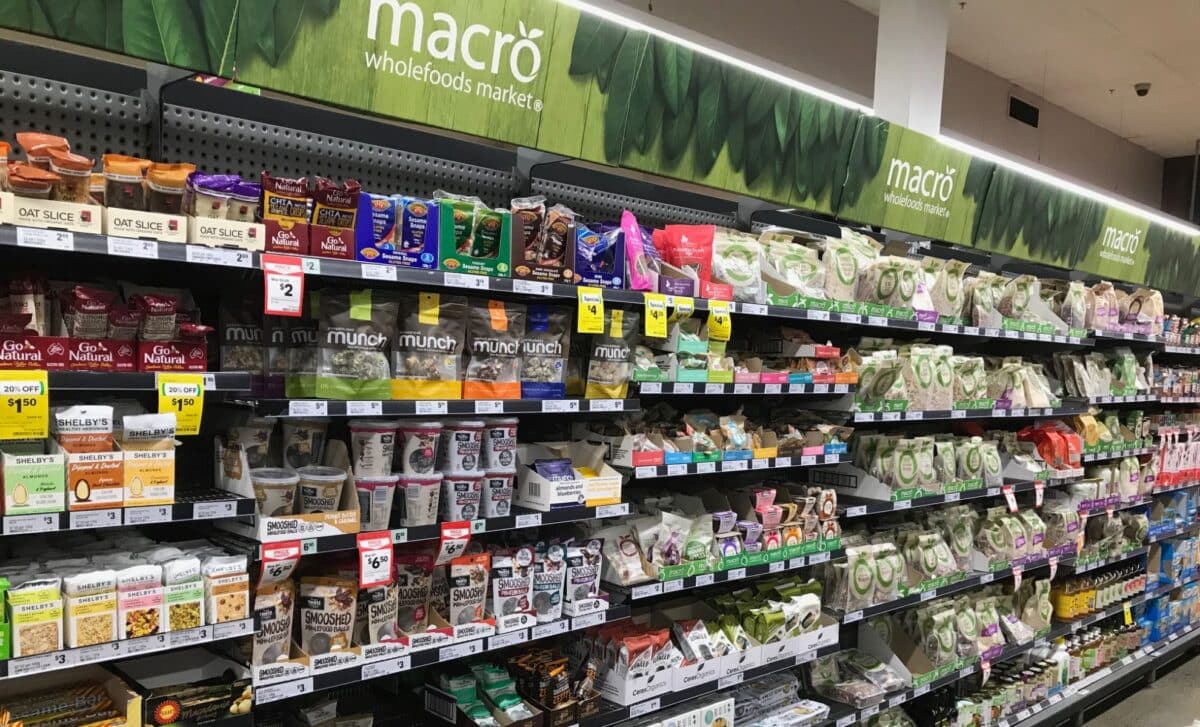The Australian federal government has announced a new policy to reduce the cost of grocery staples in remote communities, ensuring that prices align with those in metropolitan areas. The initiative, part of the Closing the Gap strategy, aims to address the long-standing price disparity faced by Indigenous and regional Australians, who often pay significantly more for essential items due to logistical challenges.
This price cap will apply to 30 key grocery items, including flour, milk, rice, fresh fruit, toiletries, and baby formula, affecting more than 76 remote stores. The move is expected to ease the cost of living and improve health outcomes in these areas, where chronic illnesses linked to poor nutrition, such as diabetes and kidney disease, remain widespread.
Addressing the high cost of living in remote Australia
Australians living in remote and Indigenous communities have long faced significantly higher prices for basic goods compared to their urban counterparts. According to Choice, a consumer advocacy group, people in Western Australia were paying an average of $1 more per grocery basket than those in other states in 2023. Meanwhile, a Northern Territory government report found that last year, the cost of a healthy basket of groceries was 40% higher in remote stores than in supermarkets.
Several factors contribute to these inflated prices, including transportation costs, supply chain issues, and extreme weather affecting access to goods. Indigenous Australians Minister Malarndirri McCarthy highlighted the importance of reducing the financial strain on regional residents, saying the government is committed to ensuring that nutrient-rich food is both available and affordable.
“We’re looking at the fact that we have high rates of kidney disease, rheumatic fever, we have high diabetes,” McCarthy told ABC Radio. “What we want to see is food products that actually assist in healthy living.”
Broader measures to improve Indigenous well-being
The grocery price cap is just one aspect of the Closing the Gap strategy, which aims to address long-standing disparities in health, education, and economic opportunities for Indigenous Australians. According to ABC News, Prime Minister Anthony Albanese acknowledged that while 11 out of 19 Closing the Gap targets are seeing some improvement, only five are currently on track to be met.
The government’s latest measures also include:
- Upskilling 120 Indigenous workers in remote stores to enhance nutrition education.
- Increasing the Indigenous Business Australia Home Loan Capital Fund, promoting home ownership and intergenerational wealth.
- Funding scholarships for 150 Indigenous psychology students to improve culturally safe mental health support.
- Establishing or upgrading laundries in 12 rural areas to enhance community hygiene and health.
While these initiatives represent progress, Pat Turner, a lead advocate for Indigenous organisations, stressed the need for long-term accountability. “Closing the Gap is not just policy, it is the intentional pursuit to make life better for our people and for the generations that come after us,” he said.
The opposition has criticised the government’s approach, with Kerrynne Liddle, the Coalition’s Indigenous health spokesperson, expressing scepticism about the policy’s effectiveness. Speaking to ABC News, she pointed out that previous decisions, such as removing the cashless debit card and lifting alcohol restrictions in the Northern Territory, may have contributed to ongoing challenges.









